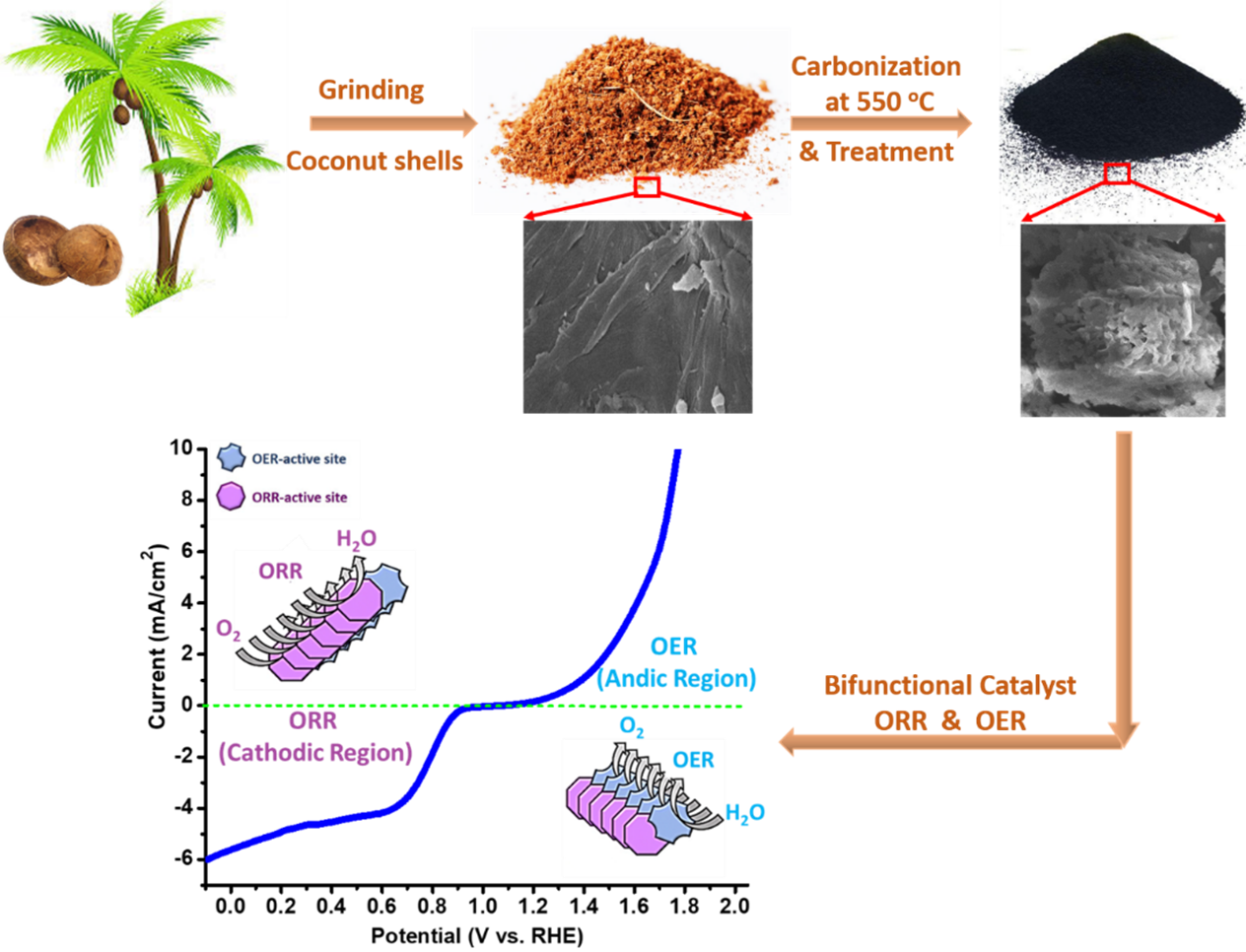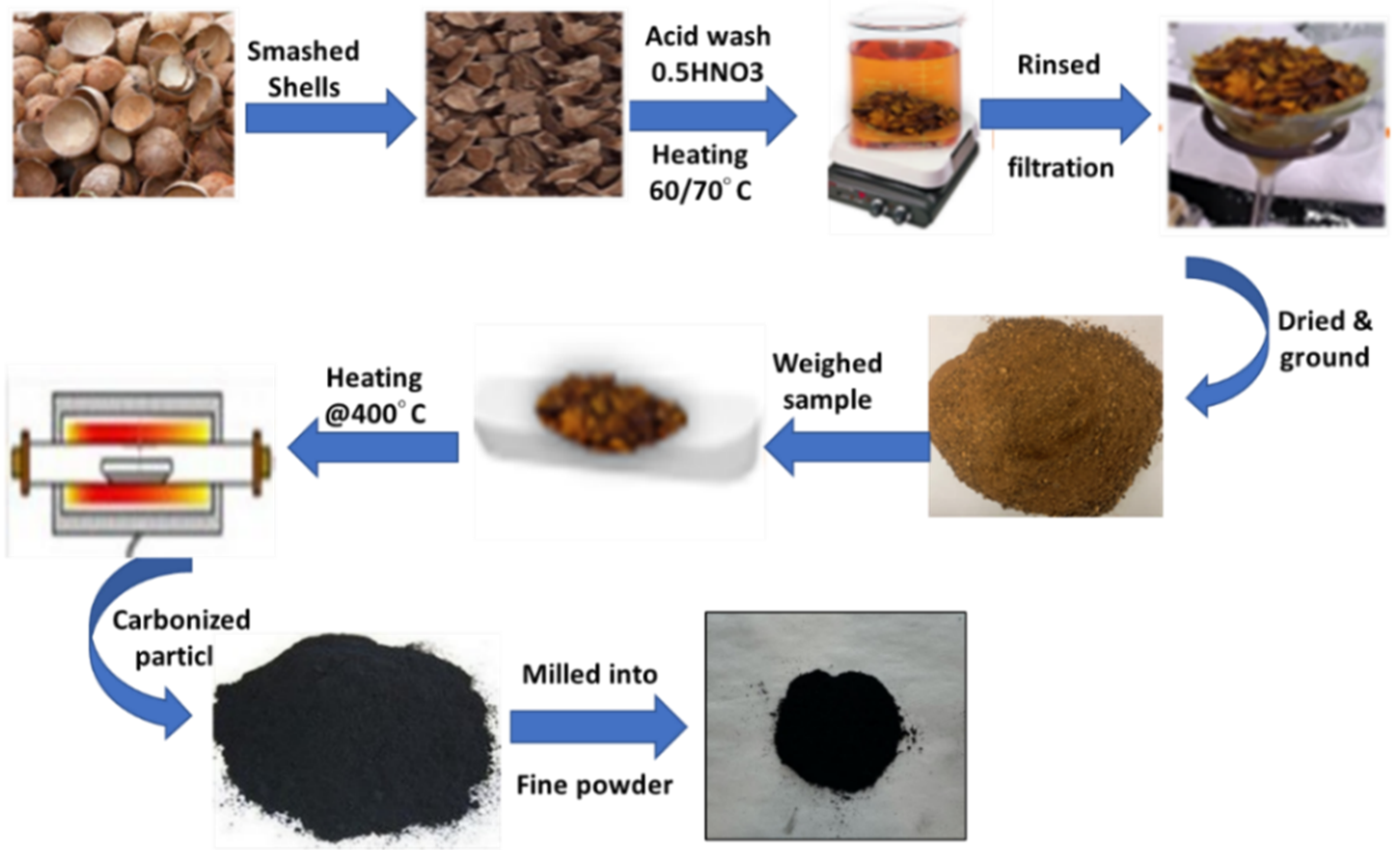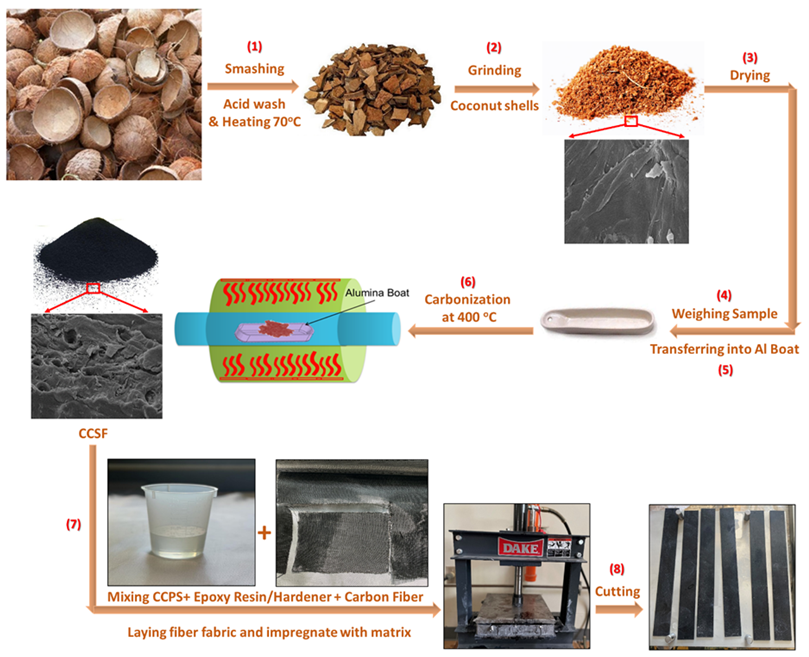Dr. Maryam Jahan
Maryam Jahan
Assistant Professor of Chemistry
Bachelor's Degree: Sharif University of Technology, Tehran, Iran, 2001
Master's Degree: Shahid Beheshti University, Tehran, Iran, 2004
Ph.D.: NUS (National University of Singapore), Singapore, 2013
Courses: General Chemistry (SCHE 100B/LB,133LB), Inorganic Chemistry (CHEM 440B/443B) & Environmental Chemistry (CHEM 438B)
Office: 154 William James Hall
Phone: 225-771-2006
E-mail Address: maryam_jahan@subr.edu
Web Page Links:
Research Interests:
Field 1
Catalyst for oxygen evolution reaction (OER) and oxygen reduction reaction (ORR) are at the heart of key renewable energy technologies such as water splitting and rechargeable batteries. But developing a low–cost oxygen electrode catalyst with high activity at low over potential remains a great challenge. Coconut shells can be utilized as suitable raw material to produce activated carbon for enhanced adsorption capacity, bulk density, and hardness to be used as regenerative fuel cell running ORR and OER. The present work is designed to obtain an alternative to noble metal–based catalyst by synthesizing electroactive N–doped porous carbon from coconut shells; the use of biodegradable raw material through a single–step activation followed by nitrogen doping provides a more economical and environmentally friendly route to produce green catalysts for fuel cell applications. In valorization of biomass for development of novel catalytic materials, our aim is also to reduce the use of hazardous chemicals. N–doped activated carbon shows promising bifunctional catalyst for ORR and OER as low–cost noble–metal–free and carbon–based oxygen catalyst.

Field 2
Inorganic fillers have been used to improve the out-of-plane mechanical properties of carbon fiber reinforced polymer (CFRP) composite laminates for decades. Nonetheless, its associated high cost and environmental unfriendliness is a concern. Biomaterials are currently being explored as fillers in polymeric materials due to their low cost, wide availability, and biodegradability. However, the use of coconut shell based biofillers together with carbon fibers in epoxy matrix has not been investigated. This research seeks to improve the out-of-plane mechanical properties of CFRP with low fiber volume fraction using carbonized coconut shell particles (CCSP). Five hybrid epoxy biocomposites with varying concentrations of CCSP were used to impregnate four plies of woven carbon fabric, making up a fiber volume fraction of 29%. The tensile, flexural, and impact behavior of the laminated biocomposites were investigated. The mechanical properties of the biocomposite laminates were enhanced compared to a reference CFRP without CCSP. This work provides a cheaper and greener alternative to inorganic CFRP hybrid composite for potential use in automotive and aerospace industries.

Field 3
The need for miniaturization has made the advent of multifunctional composite materials (MCM) significant in the aerospace, defense, and automobile industry. Besides the attractive structural functionalities of carbon fiber reinforced polymers (CFRP), they can be integrated with another material to impart additional functionalities. Inorganic materials and other forms of carbon nanotubes have been used in previous research to achieve this purpose. Our previous work used carbonized particle from coconut shell waste; an environmentally friendly starting material as an alternative to fabricate a hybrid CFRP for enhanced structural properties. Herein, non-structural functionalities in terms of electromagnetic interference (EMI) shielding, thermal stability and water absorption of our hybrid CFRP/carbonaceous particle composite was studied. Carbonaceous particle was thermally synthesized by heating clean coconut shells at 400°C for 2 hours. Varying concentrations of carbonaceous particle was incorporated with epoxy to make up the matrix and reinforced with four plies of woven carbon fabric. Hybrid composites with 1 -3% particle loading showed good EMI shielding with SET of over 15 dB; which is within the acceptable range of 10-30 dB. Also, incorporation of carbonized particle to CFRP increases the decomposition temperature for up to 3% particle loading hence enhanced thermal stability. The facile method of carbonization by heating improves water absorption resistance of the hybrid composites for particle loadings of up to 3%. However, above 3% particle concentration, there is deterioration in properties as a result of agglomeration and poor fiber-matrix interfacial bonding. Our multifunctional hybrid composite based on carbon fiber and agricultural waste is a viable economical, sustainable, and environmentally friendly alternative to inorganic particle/CFRP composites for engineering applications.

Selected Publications:
Maryam Jahan, Kuo Li , Guang‐Lin Zhao
“Electric Field Poling Effect on the Electrocatalytic Properties of Nitrogen‐Functionalized Graphene Nanosheets”, Energy Technology , 2018, 6, 2408 – 2418
https://doi.org/10.1002/ente.201800327
Maryam Jahan, Richard Osuemeshi Inakpenu, Kuo Li, Guanglin Zhao
“Enhancing the Mechanical Strength for a Microwave Absorption Composite Based on
Graphene Nanoplatelet/Epoxy with Carbon Fibers”
Open Journal of Composite Materials, 2019, 9, 230-248
DOI: 10.4236/ojcm.2019.92013
Maryam Jahan, Kuo Li, Guang-Lin Zhao, Feng Gao
“An efficient bifunctional electrocatalyst from natural cotton fibers for ORR/OER and electric field polarization effect”
SCIREA Journal of Materials , 2020 , Volume 5, Issue 3, 29-70
http://article.scirea.org/pdf/43098.pdf
J Mokkath, Maryam Jahan, M Tanaka, S Tominaka, J Henzie
“Temperature-dependent electronic structure of bixbyite α-Mn2O3 and the importance of a subtle structural change on oxygen electrocatalysis”
SCIENCE AND TECHNOLOGY OF ADVANCED MATERIALS
2021, VOL. 22, NO. 1, 141–149.
https://doi.org/10.1080/14686996.2020.1868949
Maryam Jahan, Foster Feni
“Environmentally friendly bifunctional catalyst for ORR and OER from Coconut Shell Particles”
Advances in Materials Physics and Chemistry, 2022, 12, 106-123
Maryam Jahan
“Multifunctional Graphene/Epoxy Composite from Carbon Fibers for Microwave Absorption & Mechanical Properties”
Chapter of this book: Encyclopedia of Materials: Plastics and Polymers, 2022, 1-9
ISBN 978-0-12-820352-1
doi:10.1016/B978-0-12-820352-1.00188-7
Foster Feni, Maryam Jahan, Fareed Dawan, Samuel Ibekwe, Guoqiang Li, Patrick Mensah
“Enhancing the Mechanical Performance of Carbon Fiber Reinforced Polymer Using Carbonized Coconut Shell Particles “
Materials Today Communications ,33 (2022) 104727
